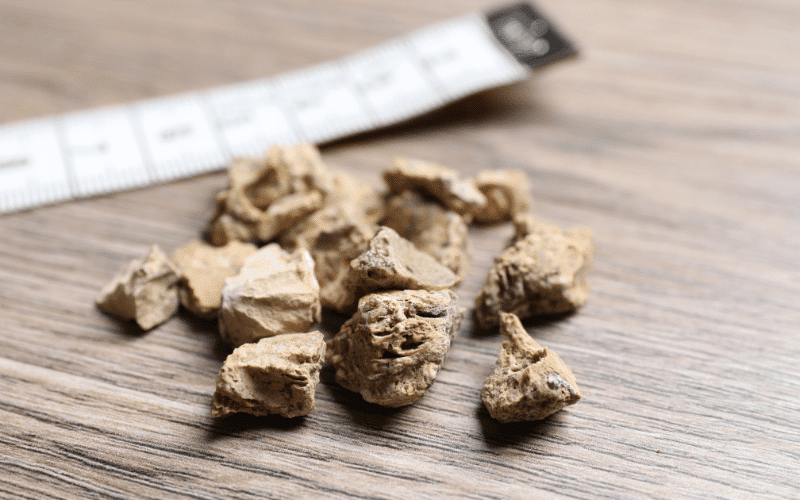Introduction about 20 symptoms of kidney stones
Kidney stones are a prevalent health issue that affects a significant number of individuals each year. Medically referred to as nephrolithiasis or renal calculi, kidney stones are hard deposits made of minerals and salts that form inside the kidneys. Being aware of the symptoms is crucial for early detection and treatment. This article delves into the 20 symptoms of kidney stones, signs of nephrolithiasis, and renal calculi symptoms, arming you with the necessary knowledge to tackle these potentially painful conditions.
In the following sections, we will discuss various symptoms in detail, including pain, urinary issues, and other manifestations that could indicate the presence of kidney stones. By understanding these symptoms, you’ll be better prepared to recognize potential kidney stone issues and seek medical attention promptly.
It is important to note that kidney stones can develop for numerous reasons, including dehydration, certain diets, and genetic factors. Knowing the risk factors can help you take preventative measures to minimize the likelihood of developing kidney stones. Keep reading to learn more about the signs to watch out for and how to take action if you suspect you’re experiencing kidney stone symptoms.

Symptom 1: Severe Pain in the Side and Back
A hallmark sign of kidney stones is severe pain in the side and back, located below the ribs. This pain, also referred to as renal colic, typically comes in waves and can fluctuate in intensity. The onset of pain often occurs when the stone begins to move within the kidney or down the ureter, the tube that connects the kidney to the bladder. As the stone progresses, it can cause severe discomfort and may even lead to debilitating pain.
The pain associated with kidney stones is frequently described as sharp, stabbing, or cramping, and can vary depending on the size and location of the stone. Smaller stones may cause milder pain, while larger stones may lead to more intense discomfort. The pain can also change as the stone moves through the urinary tract, potentially shifting in location and intensity.
It’s important to remember that pain in the side and back isn’t exclusive to kidney stones. Other conditions, such as muscle strains or infections, can cause similar symptoms. However, if the pain is accompanied by other signs of kidney stones, it’s crucial to seek medical attention as soon as possible.
Early intervention can help prevent complications, such as infection or kidney damage, and ensure appropriate treatment. If you experience sudden, severe pain in your side and back, don’t hesitate to consult with a healthcare professional. (1)